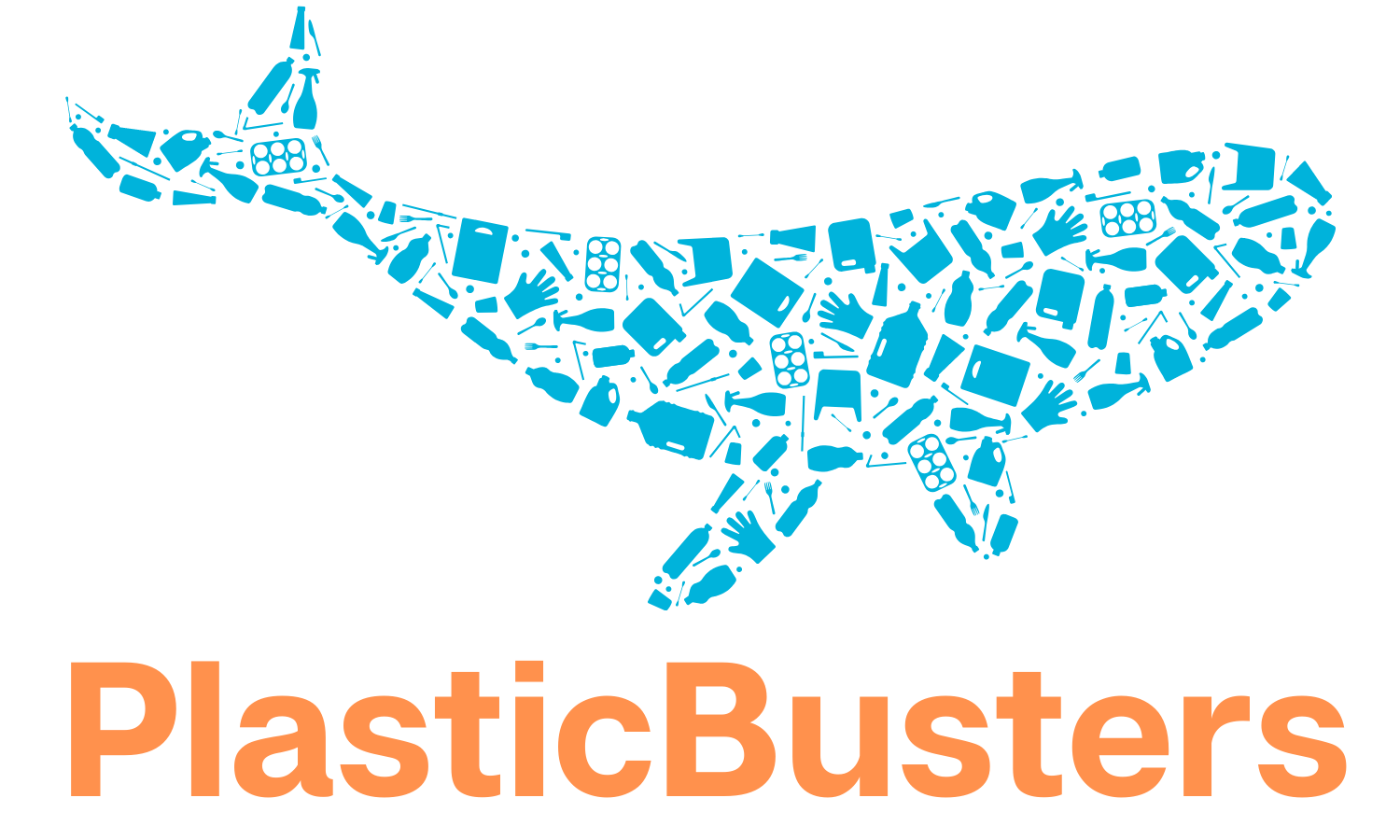10 Ways You Can Help Reduce Microplastics in the Environment
Microplastics are tiny pieces of plastic that are less than 5 millimeters in size and can be found in the environment, including our land, oceans, rivers, and even the air we breathe. They are also present in the food chain, as they are ingested by animals and humans and have been found in seafood, drinking water, and even table salt. The effects of microplastics on humans and wildlife are still being studied, but it is widely understood that they can have a negative impact.
Microplastics can absorb toxins from the environment, such as pesticides and heavy metals, which can then be ingested by animals and humans and these can block the digestive systems of animals, leading to malnutrition and even death. Microplastics can also interfere with the reproductive systems of animals. Studies have shown that microplastics can disrupt hormones, leading to infertility and other reproductive issues.
They come from a variety of sources, including the breakdown of larger plastic items, synthetic clothing, and even cosmetics. While microplastics are a growing environmental concern, there are several steps that individuals can take to reduce their impact on the environment
Reduce your use of single-use plastics: Single-use plastics, such as straws, plastic bags, and water bottles, are some of the most common sources of microplastics. By reducing your use of these items, you can help to reduce the amount of microplastics entering the environment.
Choose products with natural ingredients: Many cosmetics and personal care products contain microplastics, which can be released into the environment when they are washed down the drain. To reduce your contribution to microplastics, look for products that contain natural ingredients instead of synthetic ones.
.Choose sustainable clothing: Synthetic fabrics, such as polyester and nylon, are made from plastic and can release microplastics when they are washed. To reduce your contribution to microplastics, choose clothing made from natural fibers, such as cotton or wool.
Avoid microbeads: Microbeads are tiny pieces of plastic that are often added to products such as facial scrubs and toothpastes. These microbeads can easily enter the environment and contribute to the growing problem of microplastics. To reduce your contribution, look for products that do not contain microbeads.
Recycle: Recycling plastic items helps to reduce the amount of plastic that ends up in landfills and oceans. Make sure to properly dispose of any plastic items you no longer need, and look for recycling centers in your area.
Participate in cleanups: cleanups are a great way to help reduce the amount of microplastics in the environment. Look for cleanups in your area, or organize one yourself. You can also join PlasticBusters’ AdoptTheWorld initiative and ensure your chosen area is maintained clean.
Support organizations that are working to reduce microplastics: There are many organizations, such as PlasticBusters, that are working to reduce the amount of microplastics in the environment. Consider donating to these organizations or volunteering your time to help their cause.
Educate others: Spread the word about the dangers of microplastics and how individuals can reduce their impact on the environment.
Choose sustainable seafood: Many fish and shellfish contain microplastics released into the environment when they are caught. To reduce your contribution to microplastics, choose sustainable seafood that is caught using methods that do not harm the environment.
Support legislation: Many governments are beginning to pass legislation to reduce the amount of microplastics in the environment. Support these efforts by contacting your local representatives and voicing your support for these initiatives.
By taking these steps, individuals can help to reduce the amount of microplastics in the environment and protect our land, oceans, rivers, and air.
As always, these are just some ideas of things you can do, it is by no means an exhaustive list. We’d love to hear any ideas and tips you may have of your own – drop us an email at mail@plasticbusters.org and let us know!
PlasticBusters generated this article in part with GPT-3, OpenAI’s large-scale language-generation model and takes ultimate responsibility for the content of this publication.


